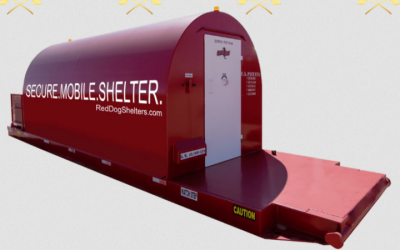There are various types of fires that ignite due to different source materials that can help instigate a conflagration. In order to fight a fire with the highest level of effectiveness, you need to know what type of fuel source will cause the fire to develop and grow. Class D fires are facilitated through fuel sources of combustible metals such as sodium, aluminum, potassium, and magnesium. These fires can only be quenched effectively through the use of a Class D fire extinguisher.
Although fires designated as Type Bay and Type B may occur more frequently than Class D fires, it is still important to understand how to combat these fires if you live or work in an environment in which the possibility of these fires occurring exists.
Class D Fire Risk
So, what causes these fires to spread with such ease? Class D fires take advantage of the fuel provided by metal shavings and fines that are produced as a result of machining processes. These fine particles when ignited can produce a dangerous Class D fire.
Venues such as industrial facilities, manufacturing centers, and laboratories may be at risk for encountering these types of fires. If the types of metals mentioned above ignite, the fire that is produced can only be addressed effectively through a Class D fire extinguisher.
Powder Agents
These fires cannot be extinguished simply by attacking them with water. They must be handled through the application of dry powder extinguishing agents. As these agents are applied to the conflagration effectively cut off the supply of oxygen that gives fuel to the fire.
A Class D fire extinguisher utilizes dry powder agents instead of dry chemical agents. These fires must be addressed through the use of dry agents. Sodium chloride in granular form and graphite in powder form or two of the effective dry powder substances that can quash Class D fires.
Before you use any type of fire extinguisher for a particular scenario, it’s important to understand the purpose for which it is designed – in other words, the type of fire it can effectively quench. If you face the possible threat of a fire facilitated from the ignition of metal fines, be sure to have one or more Class D fire extinguishers on hand.



